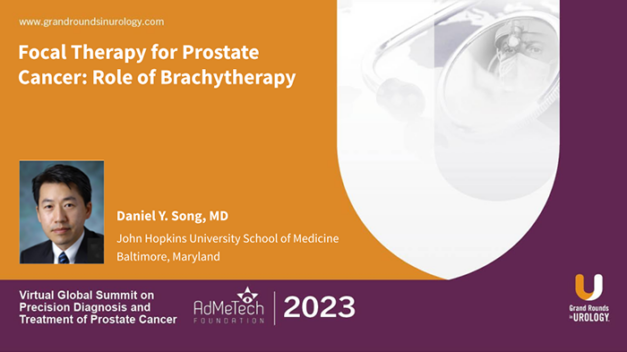Focal Therapy for Prostate Cancer: Role of Brachytherapy
Dr. Daniel Y. Song examines the critical role of brachytherapy as a focal therapy in the management of prostate cancer, emphasizing its significance within the broader context of precision oncology. Dr. Song discusses the technical aspects and advancements in brachytherapy, including the use of image-guided techniques. He underscores the importance of meticulous planning and execution in achieving optimal therapeutic outcomes.
Dr. Song also addresses the evolving role of brachytherapy in the era of multimodal treatment approaches. He explores its integration with other therapeutic modalities, such as external beam radiation therapy and hormonal therapy, to enhance treatment efficacy and tailor interventions to individual patient profiles. This approach aligns with the principles of personalized medicine, aiming to optimize therapeutic benefits while minimizing treatment-related morbidity.


